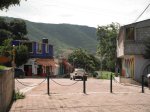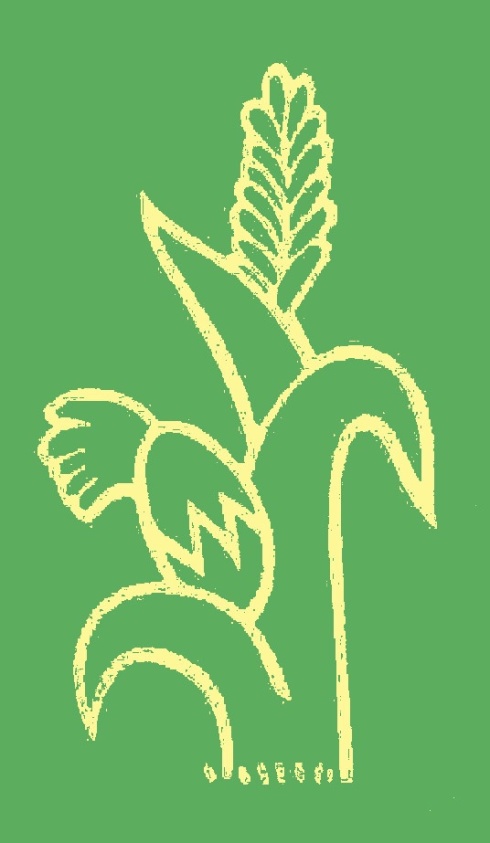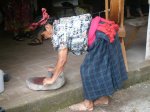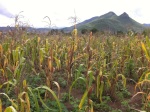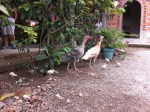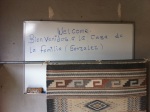WHERE I ATE: in the plaza by the dead puppies (sad)
COOLEST PERSON I MET TODAY: Mario Castellanos, alebrijes artist
_______________________________________________________________________________
Continuing our artesanías theme for week three, we ventured to Arrazola today, another small town outside of Oaxaca. This town was interesting, because like several other Mexican towns, it was originally a large hacienda covering immense amounts of land until the Revolution of 1910 and later federal legislation busted up the haciendas and gave the land back to the people.
We went to Arrazola because they’re known for their alebrijes, which are wild, colorful creatures carved out of copal wood. It’s one of Mexico’s youngest artesanías, having been developed in the last hundred years. Story goes that the first alebrijes were fever-induced figments of Pedro Linares, who, in his illness, saw crowds of wild creatures shouting nonsensical things, and the only word that he could remember was alebrije.
We met with a collective called Eco-Alebrijes. Their mission is two-fold: 1) to create jobs in Arrazola to prevent people from having to immigrate north to find work, and 2) to work in sustainable ways since past practices have deforested several areas around Arrazola.


